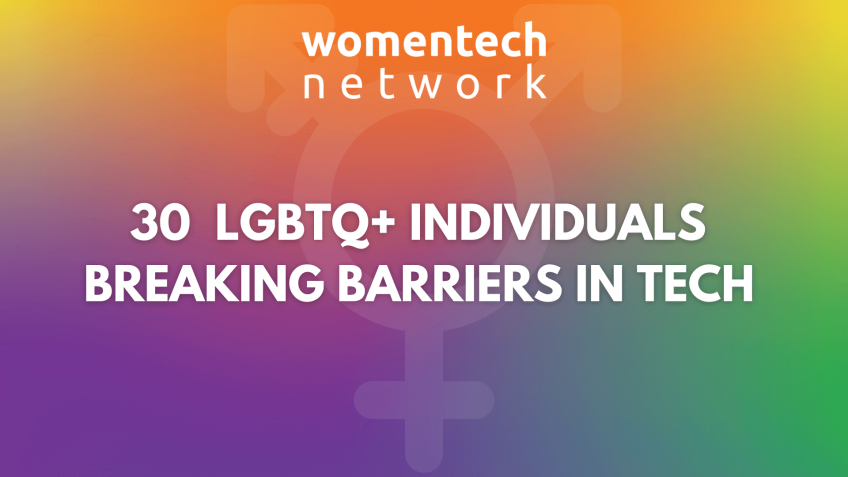
In the modern workplace, diversity, equity, and inclusion (DE&I) have become buzzwords, frequently touted by companies as core values. However, the lived experiences of LGBTQ+ employees often tell a different story. Despite significant strides towards equality, many LGBTQ+ individuals continue to face bias, discrimination, and underrepresentation, particularly in sectors like technology.
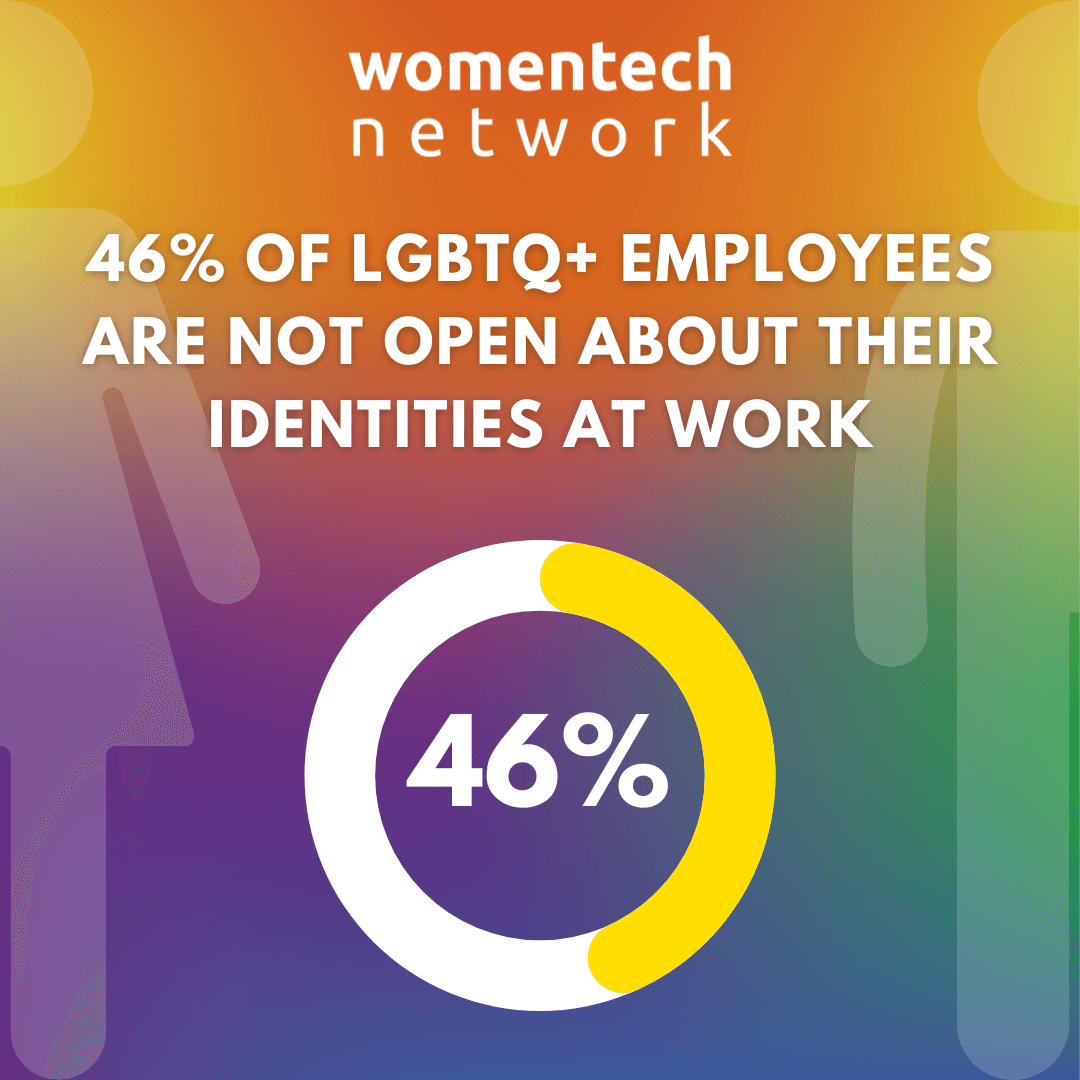
Hidden Identities and the Fear of Discrimination
A startling report from the Human Rights Campaign Foundation (HRC) reveals that 46% of LGBTQ+ employees are not open about their identities at work due to fear of discrimination. This statistic is not just a number; it represents a pervasive sense of fear and the potential repercussions of being one's true self in a professional setting. Imagine navigating your career while constantly masking a significant part of who you are. The mental and emotional toll of such concealment is immense and often goes unnoticed by colleagues and employers alike.
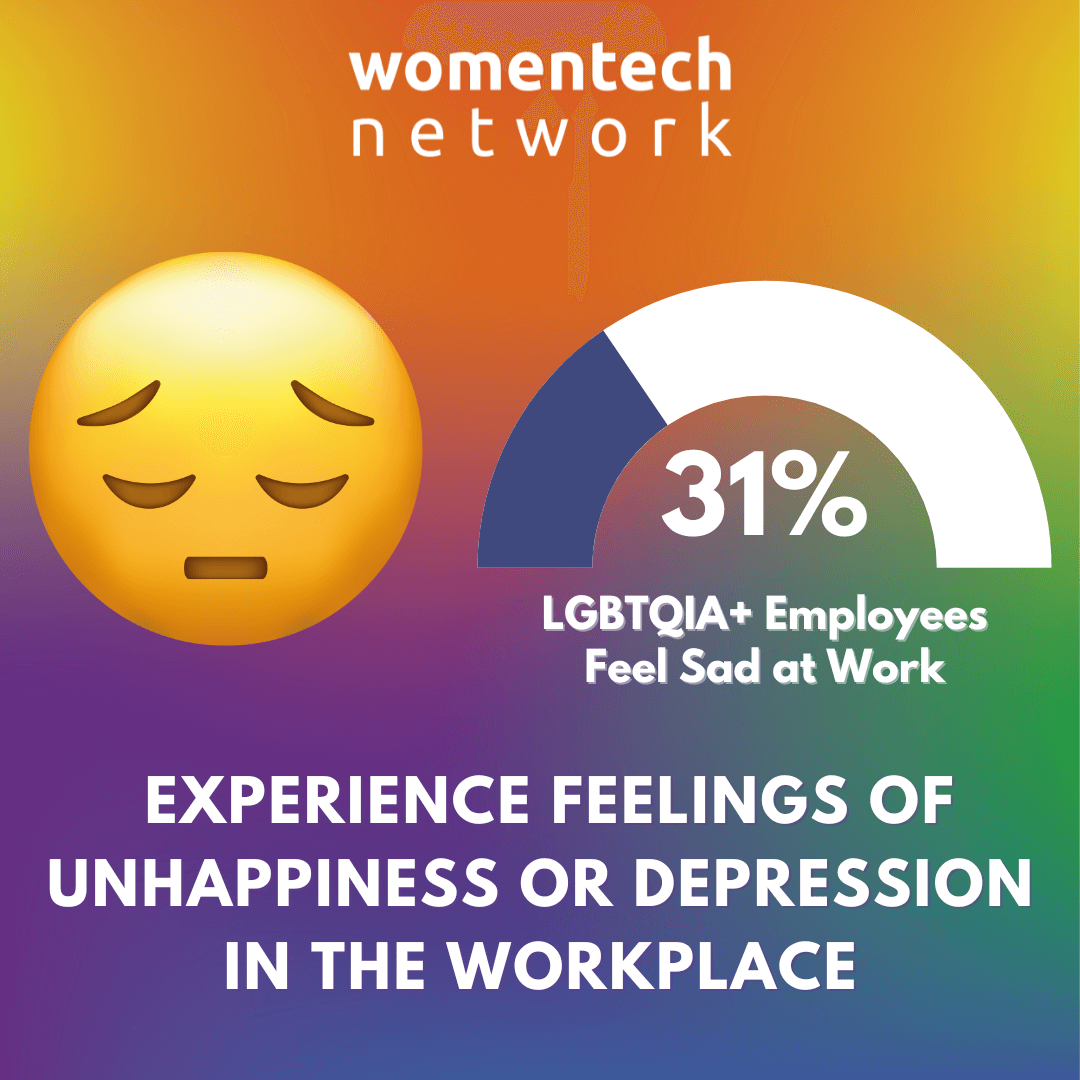
The Emotional Toll of Workplace Bias
The HRC report also highlights that 31% of LGBTQIA+ employees experience feelings of unhappiness or depression in the workplace. This high level of emotional distress underscores the urgent need for more supportive and inclusive environments. Over 50% of these individuals endure inappropriate jokes and derogatory comments targeting gay and lesbian individuals, creating a toxic atmosphere that stifles productivity, creativity, and overall job satisfaction.
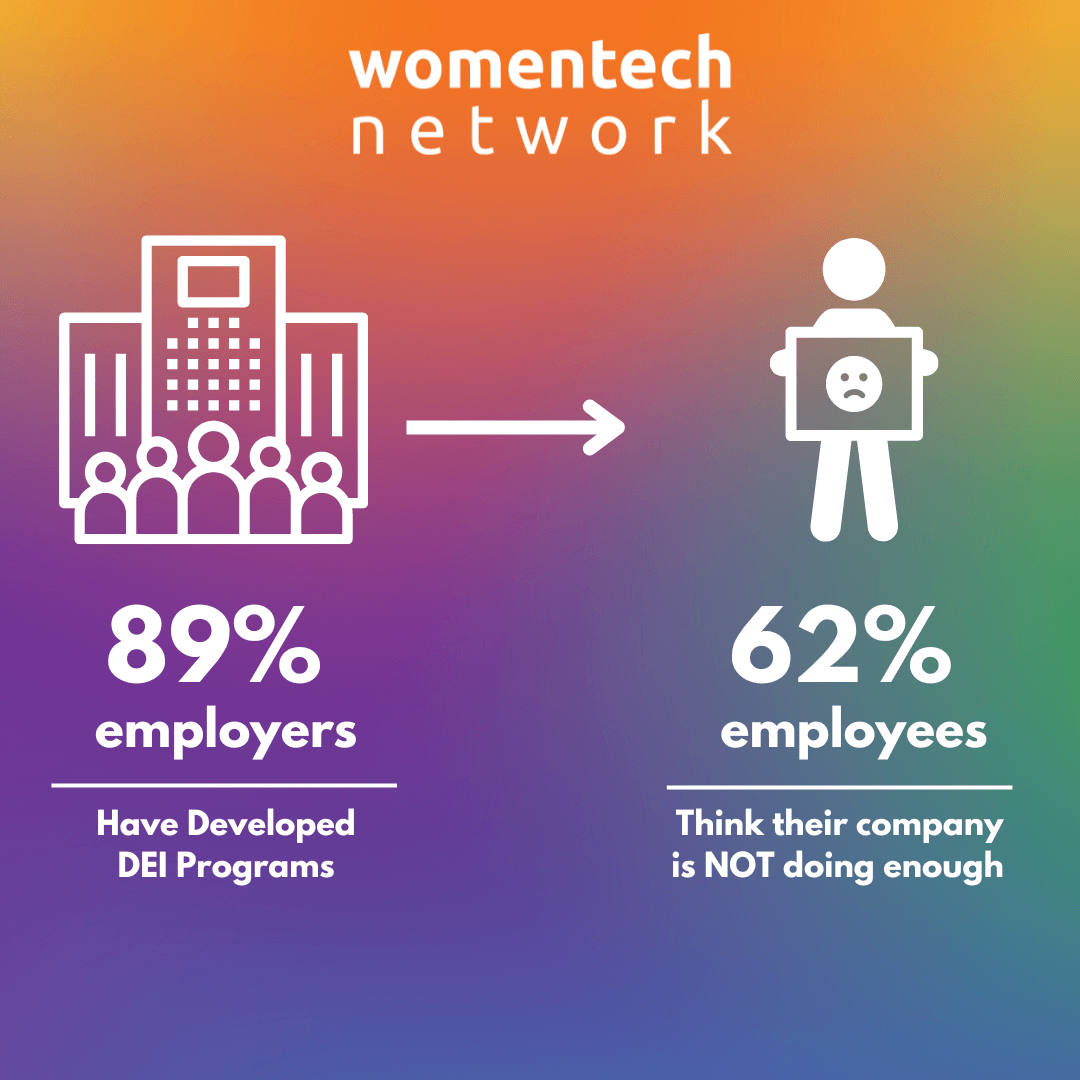
The Disconnect Between DE&I Programs and Employee Perception
Interestingly, while 89% of employers have DE&I programs in place, 62% of employees feel that their company is not doing enough to create a supportive workplace. This disconnect suggests that while companies may be making an effort on paper, the implementation and impact of these programs often fall short. For DE&I initiatives to be effective, they must be deeply integrated into the company culture, with genuine commitment from leadership and active participation at all levels.

Underrepresentation in the Tech Sector
The technology sector, in particular, demonstrates a stark underrepresentation of LGBTQ+ individuals. According to statistics, only 2-3% of the tech workforce identifies as LGBTQ+. This underrepresentation can perpetuate a cycle of invisibility, where aspiring LGBTQ+ professionals lack role models and mentors who share their experiences. The absence of visible LGBTQ+ leaders in tech further compounds the challenges of breaking into and advancing within this field.
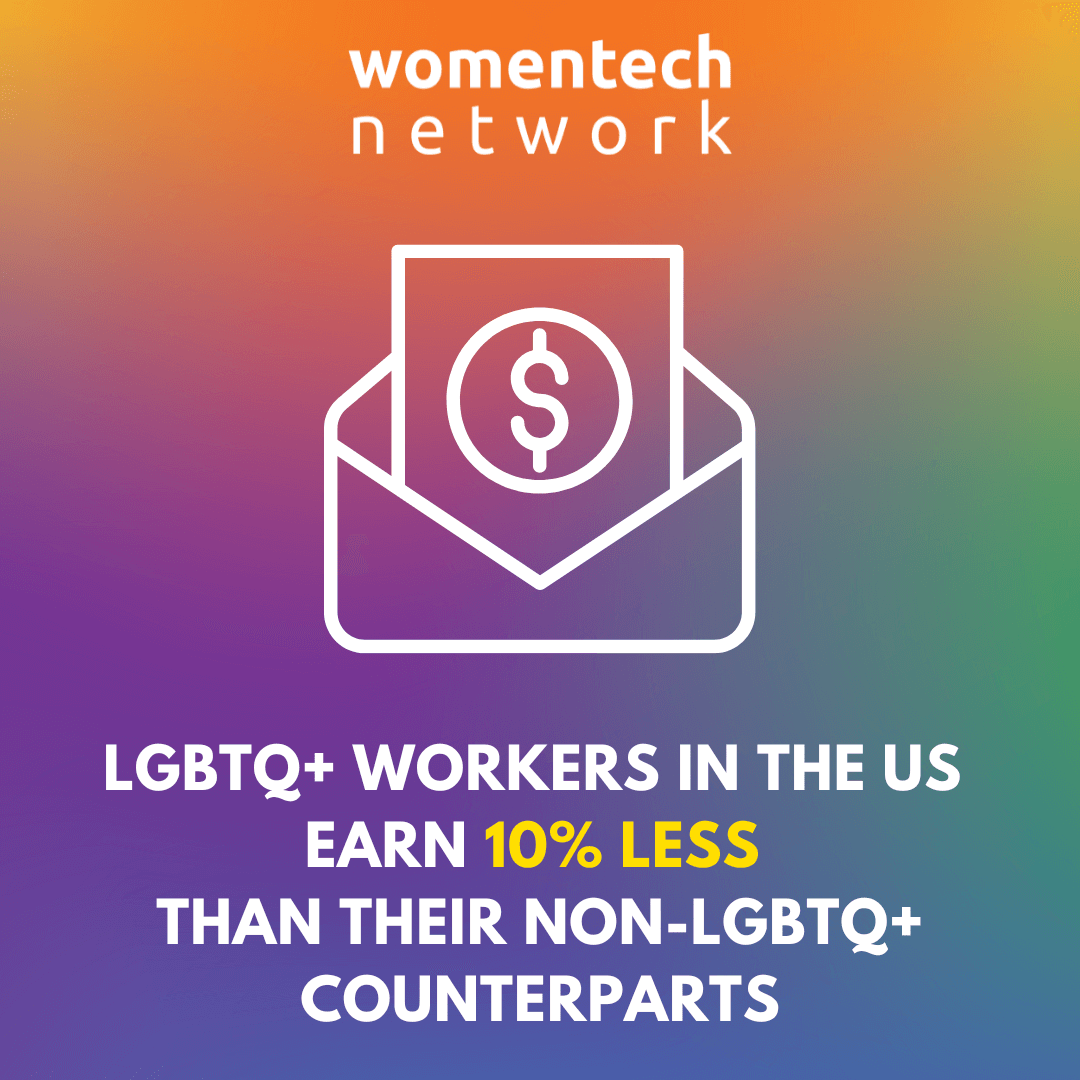
The Wage Gap: An Economic Inequity
Economic disparity adds another layer to the challenges faced by LGBTQ+ workers. A study by HRC found that LGBTQ+ workers in the US earn 10% less than their non-LGBTQ+ counterparts. This wage gap highlights the ongoing financial inequities and the need for more equitable compensation practices. Addressing this gap is crucial for ensuring that LGBTQ+ employees are valued and rewarded fairly for their contributions.
Taking Action: Promoting LGBTQ+ Inclusion in the Workplace
Here are some effective ways to promote LGBTQ+ inclusion:
1. Create a Safe Space for Dialogue: Establish regular forums and safe spaces where employees can discuss DE&I topics openly. Encourage the sharing of personal experiences to foster empathy and understanding.
2. Comprehensive DE&I Training: Implement ongoing DE&I training programs that address unconscious bias, inclusive language, and allyship. Ensure these programs are mandatory for all employees, including leadership.
3. Visibility and Representation: Promote LGBTQ+ individuals to leadership positions and ensure they are visible within the company. Highlight their achievements and contributions to set positive examples.
4. Support Networks and ERGs: Establish and actively support Employee Resource Groups (ERGs) for LGBTQ+ employees. These groups can provide mentorship, networking opportunities, and a sense of community.
5. Partner with Inclusive Events: Encourage participation in events that celebrate diversity and inclusion, such as the Women in Tech Conference. This conference welcomes diversity and provides a platform for discussing DE&I issues and strategies.



